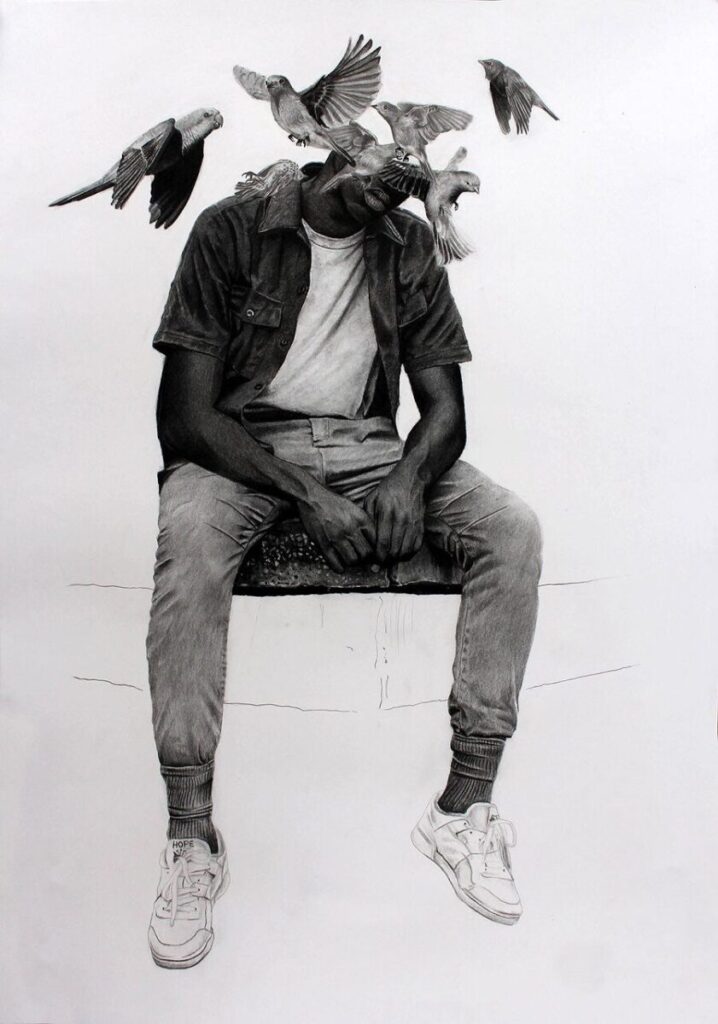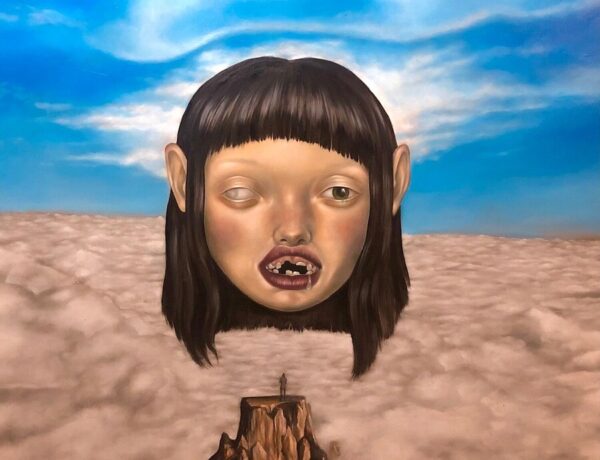The Quick Q & A editorial in Beautiful Bizarre Magazine is a much loved regular feature, in which we ask 6 artists the same 4 questions. In the June 2020 Issue 29 , these were the Quick Q & A questions:
- What do you hope to leave behind in the world through your art?
- What do you think is the single most important piece of advice you have been given as an artist?
- Do you feel exhibiting your work is important to your practice?
- How does contemporary always “Plugged in” culture influence your artwork?
We feel that the artists’ responses provide such a valuable insight for our community of artists that we wanted to share one Quick Q & A response from each issue with you, going forward. The June 2020 Issue 29 print issue is sold out, but you can download the digital magazine via our webstore to read more. To ensure you never miss an issue again, you can also subscribe to Beautiful Bizarre Magazine, and have each issue sent straight to your door each quarter.
Excerpt from Issue 29 // June 2020 Quick Q & A editorial: Artists Dawid Planeta, Kazuhiro Hori, Dewi Plass, Lix North, Daria Theodora, and Ritchelly Oliveira respond to the below Quick Q & A:
How does contemporary always “Plugged in” culture influence your artwork?
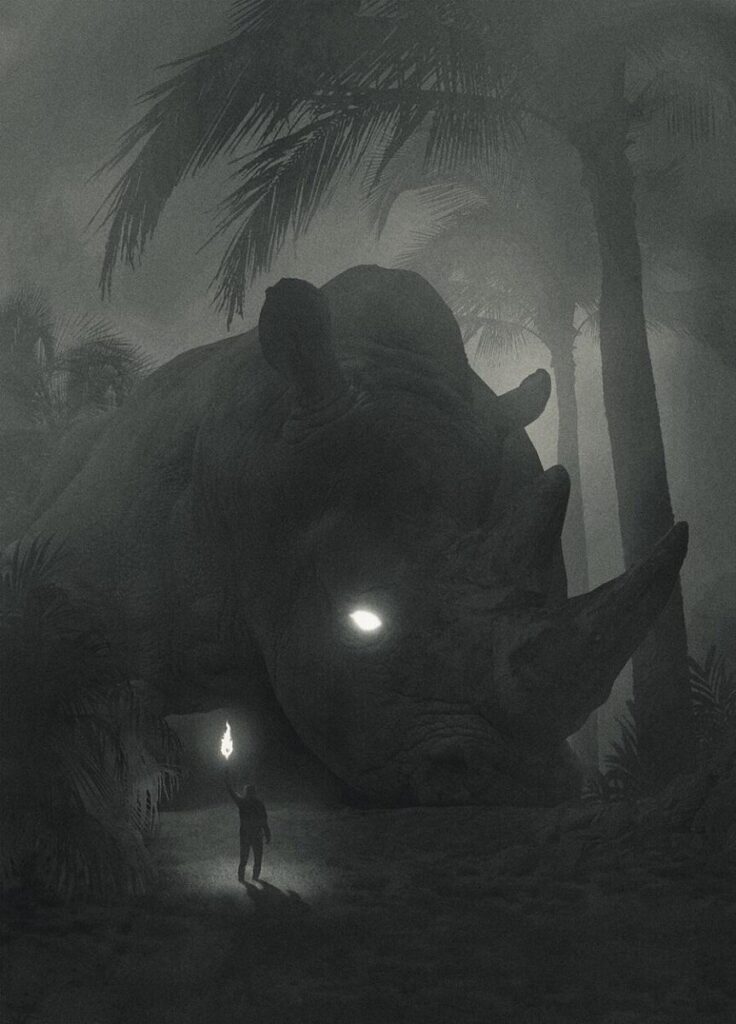
“The Internet is a great tool to share art with people
around the world and communicate with other artists,
but being “plugged in” all the time overloads us with information, and makes us tired of separating the valuable information from the worthless. It decreases our creativity. That’s why I regularly take a break and visit nature, where most of my inspiration comes from. When my mind is empty, it creates a space for new ideas to emerge. It’s important to keep balance between the “urban” way of thinking – focused on goals, details, tools and actions and the “nature” way of thinking – focused on dreams, inspirations, excitement, allowing you to see a big picture of where you are going in your life.”
“The computer has become crucial to planning my work and refining concepts. I photograph my models with a digital camera, then process them in photoshop to create a preliminary layout. However, overall my use of digital media is very spare, I am a very analogue person. The internet has become a great source of information and visual inspiration. I also take a lot of inspiration from digital art, with its unique colours, texture and layering. Right now the offers to exhibit my work outside of Japan are definitely thanks to Facebook and Instagram. I couldn’t imagine having my work in galleries overseas 8 years ago.”
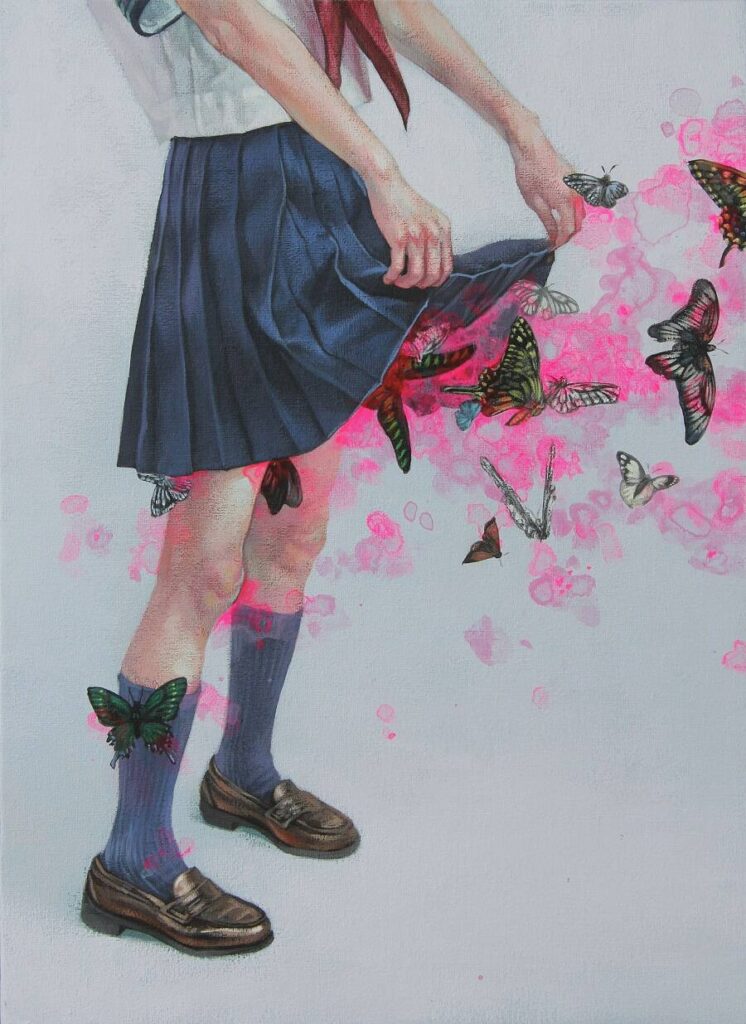
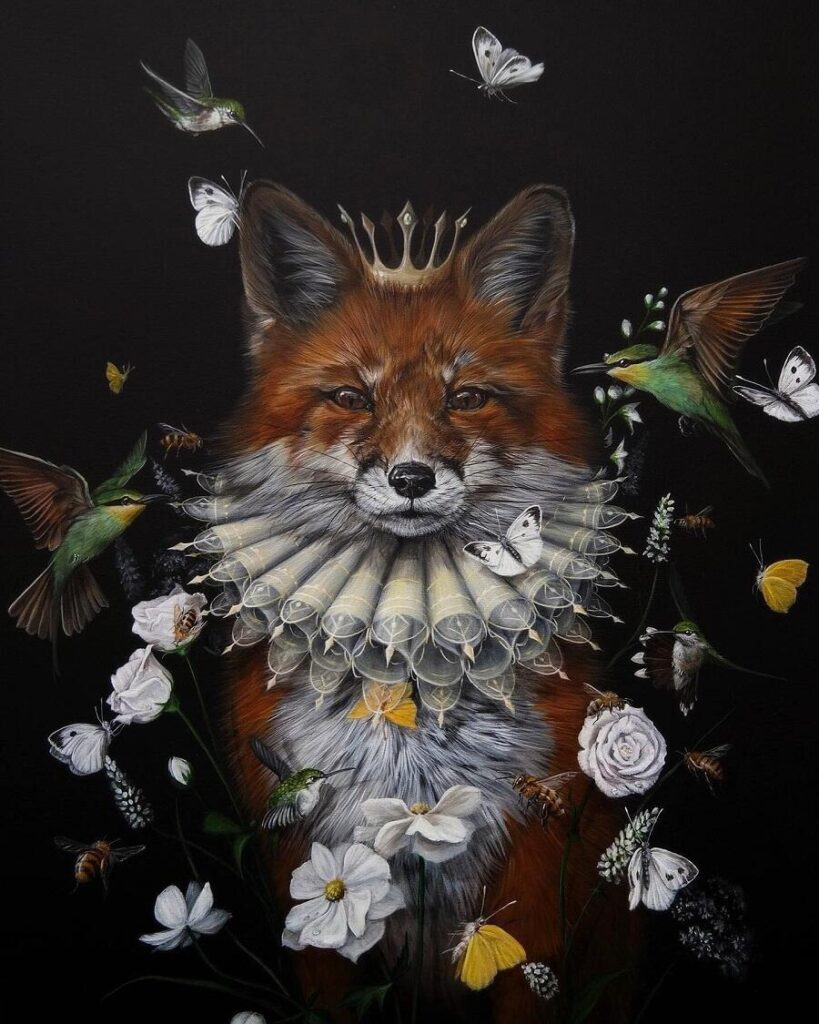
“It has opened up incredible ways to connect with people from all over the world so I can share the visual story I’m writing, and it enables me, in a very simple and efficient manner, to stay in touch with those who have connected with it. In that sense it influences the way I am able to work, and I think it’s fair to say that without this culture, I wouldn’t be able to do what I am doing now. But at the same time, I like to distance myself from its fast pace and fluidity, that appear to transform curiosity into a mindless consumerism. I hope by expressing unfamiliar worlds in my work, that this will invite people to slow down and be curious in a less ‘plugged-in’ way.”
“Zuckerberg was a nobody when I began pavement pounding with my portfolio at the mercy of the brick-and-mortar patriarchy. Social media and online arts platforms provide a level of freedom and professional autonomy that didn’t exist twenty years ago. So I’m grateful for the privilege that is instantaneous visual communication. We’re our own publishers, agents, curating our own globally accessible galleries. Yet being fairly solitary and living with social anxiety, the flipside is that I feel the pressure of being visible and accessible 24/7, acutely. I always set my phone to silent and sleep my computer before I paint. Sometimes I wonder if the extreme detail I pour into my work is a quiet rebellion against the looming rush and attention-deficit of constantly-connected life.”
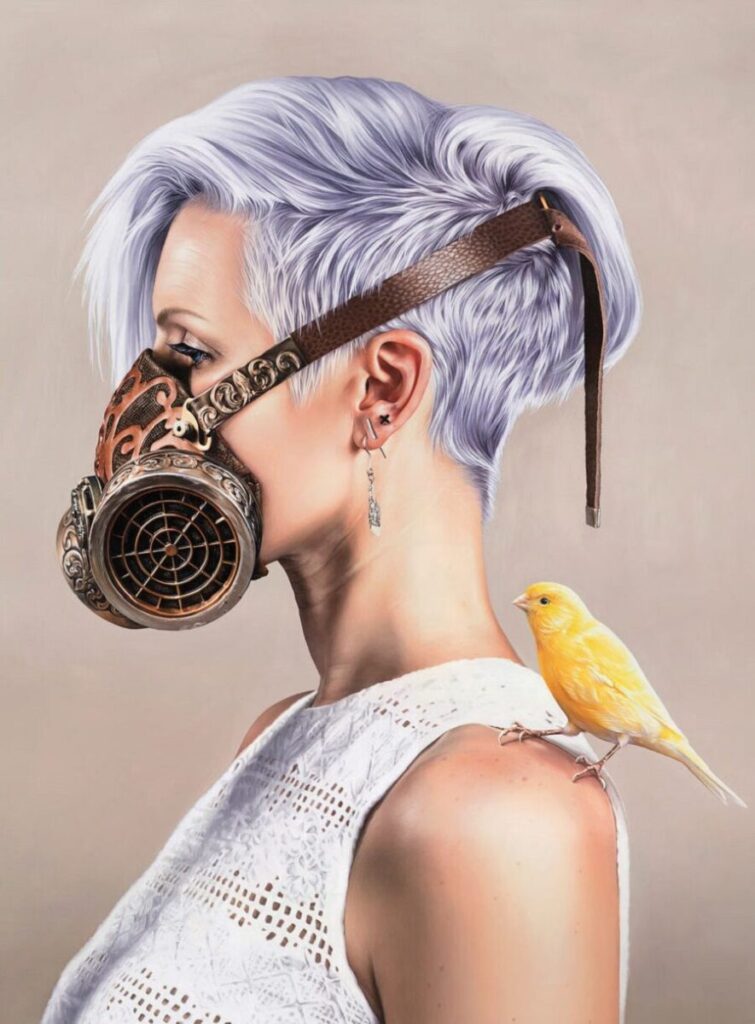
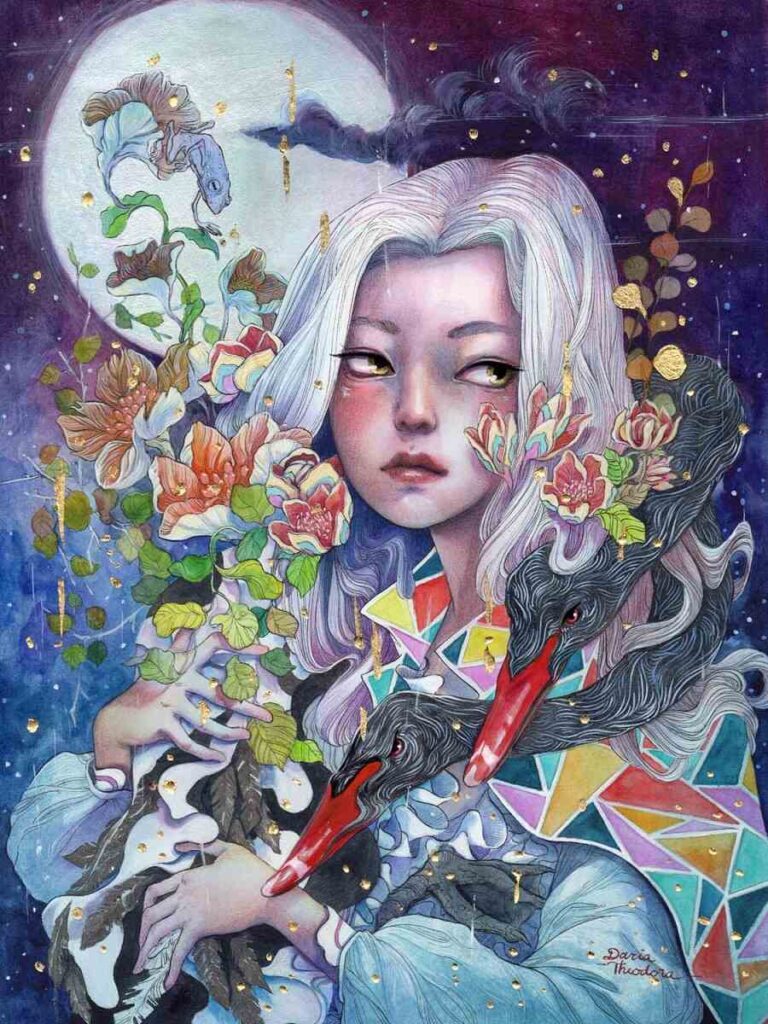
“Personally, I dread the always ‘plugged-in’ culture. I need a lot of ‘me’ time to decompress, to focus on my art, and to think of new concepts; basically to just work and rest. Being always connected makes it hard to concentrate, and while I love to view the amazing work being shared on various social media, there are times when those works start to exert their influence and I get lost in the art making process. I try not to open social media a lot when developing new paintings to ensure my own voice is clearly reflected and not muddled. Only once the work is done would I slowly reconnect and enjoy various posts.”
“My career started on social networks, it is where I found the space to talk and share my progress, even if that space was virtual. Sadly the arts market in Brazil has always been very difficult for me, and has never shown an interest in consuming what I do. Therefore it was through the internet and the contemporary culture there that my work gained visibility, not least because my audience consists mostly of galleries and publications outside of Brazil. Many artists also use this connectivity to form their audience, and at the same time have access and give importance to issues that have been present but underrepresented for a long time, and which today are important to discuss, such as LGBTQ+, the black rights movement, gender issues and so on.”
